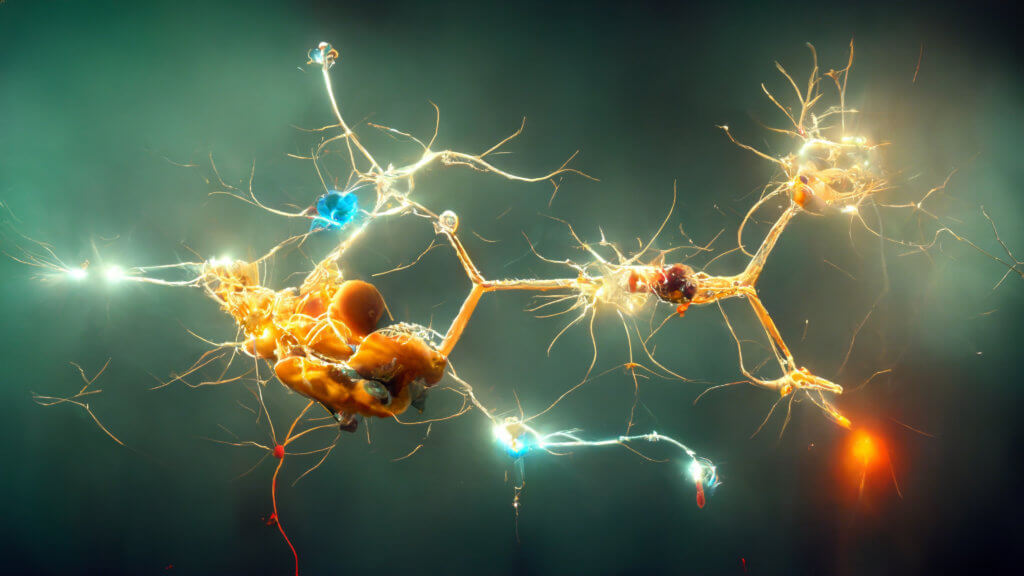You’re only a few minutes into your day, and you’ve already made more decisions than you can count on two hands: Should I get out of bed or hit “snooze” again? Do I really need that second cup of coffee? Is there time for breakfast? What am I going to wear today – the black or the brown shoes? Which network do I watch for morning news? Should I exercise before or after work? No wonder that decision-making has long been the subject of copious research, yet much is still unknown.
In a new study at the University of Tsukuba in Japan, researchers discovered previously unknown information about the role of a reward system in making higher-risk decisions. They found that individual neurons (nerve cells) are important to managing reward information. The cells transmit signals in a manner consistent with a well-known theory that describes decision-making.
The prospect theory, developed in the 1970s, describes how people make choices. Copious research validates the theory, but neuroimaging techniques lacked the ability to demonstrate the activity of individual neurons and whether it was consistent with the theory.
“Although the field of neuroeconomics has made great progress towards understanding how the brain makes economic decisions, we still don’t know how the reward circuitry processes subjective value judgments in this context,” write authors Professor Hiroshi Yamada and Professor Agnieszka Tymula, in a statement. “This has important implications for understanding how subjective value judgments are related to perceptions regarding the probability of a given outcome.”
To study the reward circuitry, the scientists trained rhesus monkeys to perform two tasks. In one, they selected one of two options with different reward probabilities. In the second task they received a reward at the end of the trial. The monkeys’ neural activity was recorded during the tasks and compared to the behaviors associated with the tasks.
“The results were surprising,” explains author Professor Yasuhiro Tsubo. “We found that the single-neuron activity in four core areas of the reward circuit reflected the subjective value judgments made by the monkeys while they completed the economic decision-making task, indicating that the activity conformed to the prospect theory framework.”
The neural activity patterns were distributed throughout many regions of the reward system, also consistent with the theory.
“Our study is the first to show that prospect theory can be used to describe the activity of individual neurons in the reward system,” says Tymula.
The study is published in Nature Communications.












